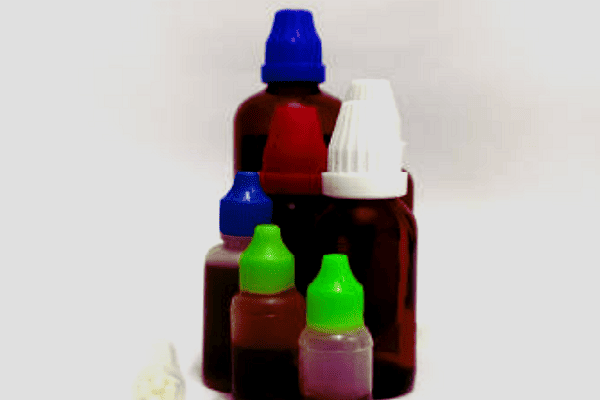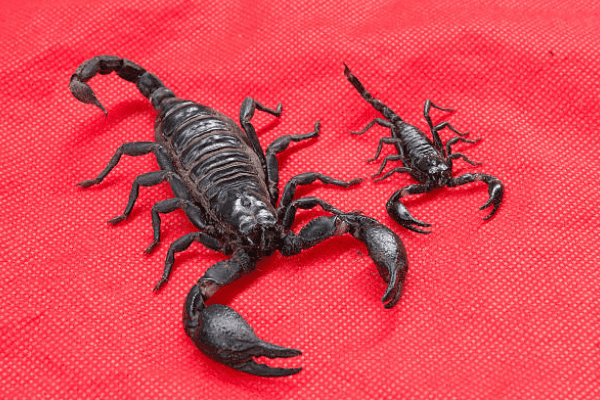Nutrition rules >>>> What are carbohydrates?
What are carbohydrates?

A group of chemical compounds called "carbohydrates" (the new term "glycides" did not take root in the terminology, but can be found in the descriptions of the composition of some food products), performs several functions in the body, the importance of which cannot be underestimated: energy (the main type of cellular fuel), protective (part of immunoglobulins), structural (an irreplaceable component of most intracellular and intercellular structures). A lack of carbohydrates and disruptions in the metabolism of carbohydrates in the body cause disturbances in the glycogen depot system, intolerance to dairy products, such diseases as galactosemia and diabetes mellitus.
In living nature, carbohydrates are quite common compounds, but in plant organisms they are present in much larger quantities (due to cellulose - 80%) than in animals and humans (2%). In nature, carbohydrates are obtained practically from the air. In the process of photosynthesis, carbon dioxide under the influence of sunlight turns into simple sugars (monosaccharides), which, in turn, turn into more complex structures - polysaccharides.
According to the classification carbohydrates occur naturally in the form of monosaccharides, oligosaccharides and polysaccharides. Each of the groups of carbohydrates, entering into chemical reactions with various substances, forms its own special products.
Monosaccharides, reacting with phenols, alcohols, carboxylic acids, form glycosides. Taking part in reduction reactions, monosaccharides are easily converted into polyhydric alcohols (sugar alcohols).
Oligosaccharides are more complex carbohydrate molecules containing monosaccharide residues linked by glycosidic bonds. Depending on how many monosaccharide residues are connected, disaccharides, trisaccharides, etc. are distinguished.
Lactose (found only in milk), Sucrose (food sugar), Maltose (a temporary intermediate in the breakdown of complex carbohydrates) are disaccharides. Raffinose (found in sugar beets) is a trisaccharide. As a result of digestion, oligosaccharides break down into monosaccharides.
Polysaccharides are high molecular weight compounds of monosaccharides and the most complex group of carbohydrates in terms of chemical structure. Polysaccharides include cellulose and starch (in plants), glycogen (in animals). There are also inulin (found in the roots and tubers of dahlias, dandelions, artichokes) and chitin (a structural element of shells and a substitute for cellulose in the cells of saprophytic plants, such as fungi).
Starch is found in seeds (cereals: wheat, rice, corn, etc.), bulbs, stems and tubers. Glycogen is deposited as granules in liver cells and skeletal muscle tissue.
Starch and glycogen as a result of enzymatic hydrolysis forms dextrins (partial hydrolysis) and glucose (complete hydrolysis). Dextrins are substances easily absorbed by the body. Starch is an important dietary carbohydrate in terms of health benefits. In flour, its content reaches 75 - 80%, and in potatoes - 25%. If the daily intake of plant polysaccharides into the body is not enough, then in this case all living organisms have a backup option for obtaining carbohydrates - glycogen, which is synthesized by animals and humans themselves from monosaccharides that have entered the body in the past with food. Glycogen is a form of storing carbohydrates in the body of living things. With increased energy consumption (mental or physical activity), glycogen begins to rapidly disintegrate (break down) in stages to dextrin, maltose and, finally, glucose.
Cellulose (fiber) is a plant polysaccharide. For many animals, this carbohydrate is indispensable as a food source. In animals that feed on plants, microorganisms that ferment cellulose are present in the intestines. But in the human body, cellulose is not digested and plays a different role: it forms feces and promotes the evacuation of all undigested and not assimilated substances by the body (including harmful ones).
One of the most important polysaccharides is a group of heteropolysaccharides - glycosaminoglycans (hyaluronic acid, chondroitin, heparin - these are those glycosaminoglycans that one often encounters when reading the composition of medicinal or cosmetic products, but there are much more of them). The role of glycosaminoglycans is in the formation of intercellular substance, bone and connective tissue. They are part of the synovial fluid of the joints, which plays the role of a lubricant and shock absorber. When glycosaminoglycans are combined with a protein molecule, proteoglycans (a subclass of glycoproteins) are formed, which constitute the main structural substance of the extracellular matrix. Some of the glycoproteins are part of interferons and form antibodies.
Mono- and oligosaccharides are considered simple carbohydrates, they are absorbed by the body faster. Polysaccharides are complex carbohydrates, their breakdown in the body occurs in several stages with intermediate products, which lasts much longer.

Read

Read




























